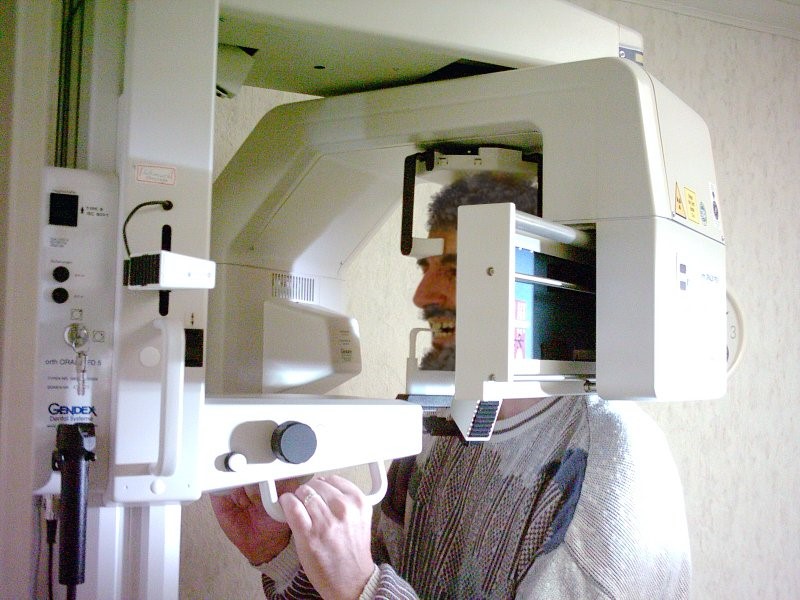Dental technology is improving, allowing dentists to treat patients accurately and effectively and enabling patients to clearly understand what their treatment entails. One of these technological developments in the T-scan, which is a digital occlusion analysis system.
What is a digital occlusion analysis system?
In dentistry, occlusion refers to your bite, which is the way that your upper jaw lines up with your lower jaw. Having a well-aligned bite is important to your teeth, your gums, and your overall health. An uneven bite can cause uneven wear on teeth, fillings, and crowns. It can also cause problems with the gums, jaw muscles, and even the neck muscles, leading to headaches and neck pain. Your dentist will always check your bite in order to see how well aligned it is because it could well be the underlying cause of a number of dental issues.
It probably comes as no surprise that an uneven bite can be the cause of crooked or uneven teeth, leading to self-consciousness about your appearance when you smile!
A “digital occlusion analysis system” uses paper-thin bite sensors to build up a 2D and a 3D image of your teeth. This will tell your dentist where any uneven areas are located and where your bite is stronger or weaker.
Why do we use the T-Scan?
A dentist in SW1 can use the T-scan to analyze your bite digitally. In fact, it’s the only clinically recognized system to accomplish this feat. When your dentist uses the system, she or he can see much more clearly exactly what is happening inside your mouth when you chew or bite or when your jaw is relaxed or stationary. This means that your dentist can see where the forces and stresses in your mouth are taking place.
Diagnosis and monitoring
The T-scan is a fantastic tool for finding the problem, and it’s an equally excellent tool for monitoring the treatment. Whether your dentist is fitting braces, a bridge, crowns, or another restoration treatment, the T-scan system allows him or her to see straight away how even your bite has become and make any necessary adjustments as soon as they’re spotted. This means fewer repeat visits to the dentist, and that means less time and money spent in the dentist’s chair!

